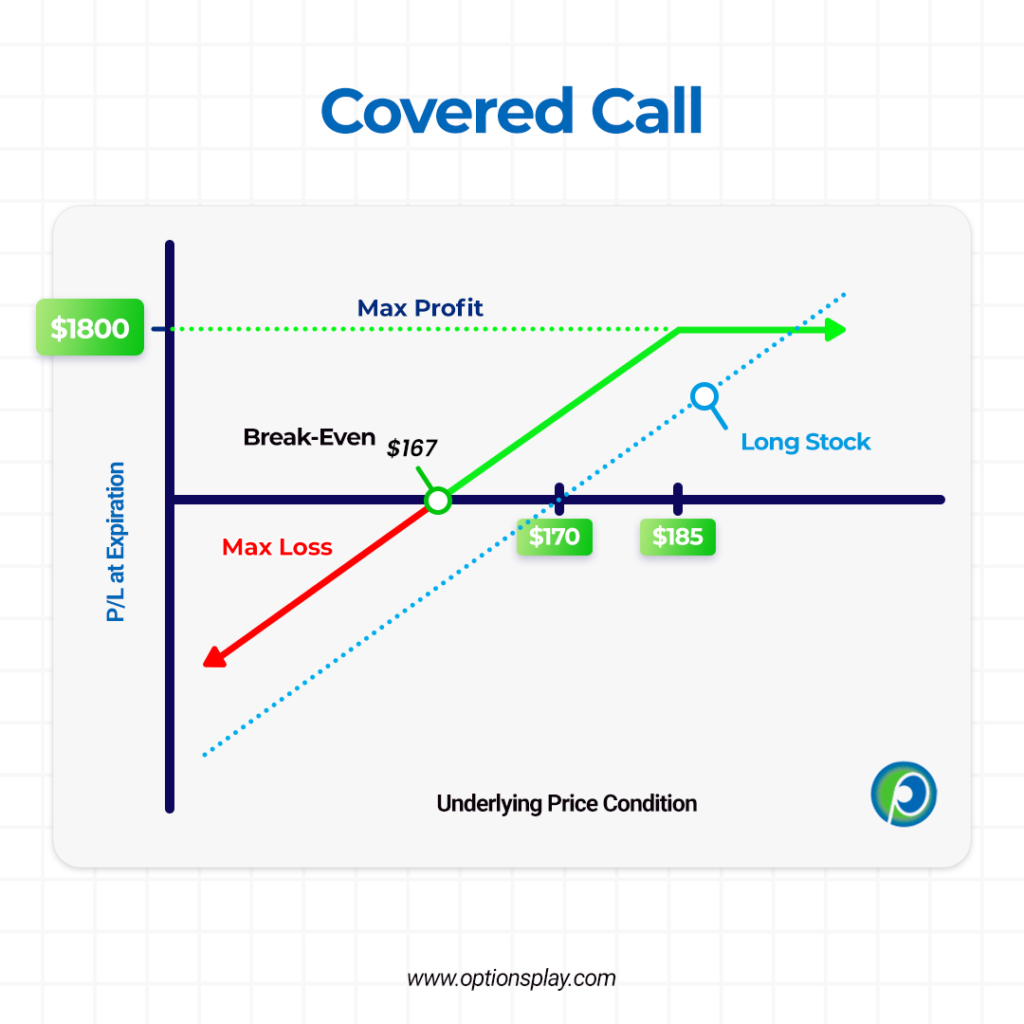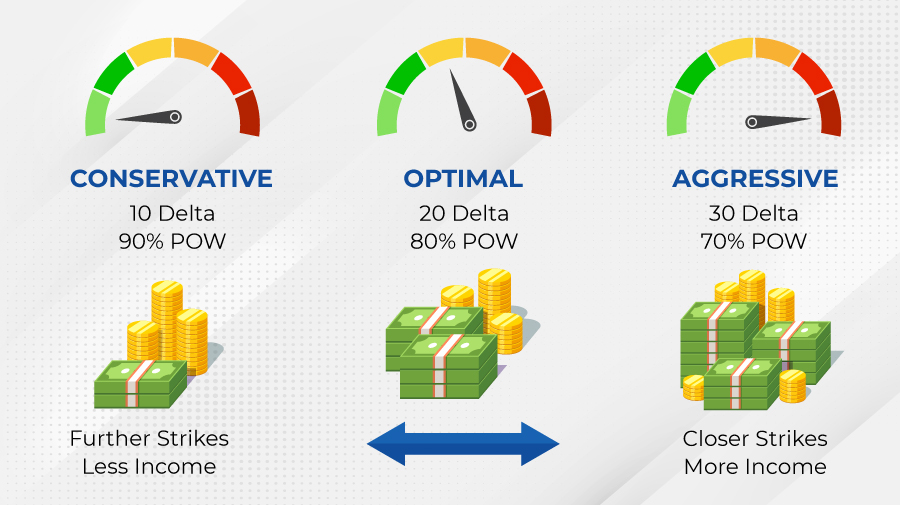Covered Calls
What is a covered call?
A covered call is the most popular way of generating income through options. There are two steps any investor would need to use in order to make the most out of this strategy – owning a minimum of 100 shares of a stock and shorting (selling) an “out of the money” call option. This income strategy is very effective when there is a neutral or short-term bearish sentiment on a stock. Because the investor is the seller of the option contract, he/she receives an immediate income in the form of the premium paid by the buyer of the contract.

Covered Call Strategy
As an investor selling a covered call you would look for an out-of-the-money (OTM) strike price. For a call option, an OTM strike price would be higher than the current market price of the stock. For example, if AAPL was trading at $170, you would want to sell a call option with a strike price above $170.
The more OTM the call option is, the less premium would be paid to the seller as there is a lower probability of the stock price reaching the strike price within the life of the contract. Picking a strike price that is close to the current market price of the stock may be tempting of course, as there is a higher premium to gain, but there is also a higher probability of the stock reaching the strike price during the life of the contract.
The real goal for option sellers is for the option to expire worthless but, the closer the strike price is to the current market price of a stock, the more premium is received for the option seller. When choosing a strike price, if you are selling, you should try to maximize the premium received while also maximizing the probability of the strike price not being reached (so the option expires worthless).
Options that have a low delta and have strike prices that are further away from the current price have a higher chance of expiring worthless, but also pay less premium. Options that have a high delta with closer strikes will pay more premium but will have a lower chance of expiring worthless. So, selecting a suitable strike price is dependent on how much you want to risk as an option seller:

Covered Call Example – Covered Call vs. Sell Limit
Position: 100 shares of AAPL purchased for $170 each
Covered Call: Sell Jan 2022 $185 Call @ $3.00

Using the example above, selling a Jan 2022 $185 call @ $3 generates an immediate income of $3 per share (so $300 in total). When analyzing the potential outcomes of the covered call, the performance of the underlying stock should also be taken into consideration.
Assuming the investor bought the shares at $170, the covered call strategy would be profitable if the market price of the stock remained above $167 ($170 – $3 premium), whereas the sell limit strategy would only be profitable if the stock remains above 170.
Another key advantage the covered call strategy has, in this case, is the length of exposure. An investor using the covered call strategy only has exposure until the expiration date while the sell limit strategy exposes the investor until AAPL reaches $185.
Best Practices
Selling short-term options (3-7 weeks) tend to provide better results. Short-term option contracts have an advantage over long-term contracts due to earnings cycles. Longer-term options are exposed to more earnings releases that cause them to be subject to large price movements.
As mentioned earlier, an investor using a covered call strategy would find it beneficial to use an OTM strike price as there is a lower probability of the stock reaching that price. However, OTM strike prices and premiums received have an inverse relationship.
The selection of a suitable strike price can be optimized by using Delta. Delta represents an approximation of the probability that the stock price will stay below the strike price. The lower the Delta, the lower the premium received and the higher the probability of the shares not being called away.
Are Covered Calls Safe?
You may be asking, are covered calls safe to invest in? Generally, covered calls are actually one of the safer option strategies as the prerequisite for this strategy is to own the 100 shares which then act as collateral should the contract be exercised by the option holder.
The biggest risk you would have to think about the assignment. This can occur at any time of the contract when the stock price is above the strike price and the option becomes “in the money” (ITM).
Still, ITM options can remain ITM without being exercised due to them carrying extrinsic value. The closer the option is to expiration, the higher the risk of assignment (if it is ITM). When the option is exercised, the covered call seller will have to sell the 100 shares at the strike price.
That being said, if you are selling a covered call and originally bought the 100 shares for less than the covered call strike, selling the shares will still result in a positive return without even considering the premium received along the way. While assignment risk is the biggest risk for covered calls, the option can always be rolled up and out to a new strike, new expiration date, or both.
Finding the Best Covered Calls
An incredible feature of OptionsPlay is that we provide members with an Optimal Covered Call Report that is updated twice daily. The purpose of this report is to help investors like yourself find the ideal Covered Call setups for their portfolio that are in line with best practices.
This report scans through hundreds of symbols to find optimal Covered Call strategies and highlights key metrics such as raw/annualized return, IV rank, distance to strike and more!OptionsPlay’s Optimal Covered Call Report helps to make the most out of your portfolio holdings and is the ideal tool to generate a consistent income stream:

Summary
When it comes to using a covered call strategy, your goal is to hold the contract until the expiration date. That is why it is important to pick a strike price and expiration that lowers the risk of the stock reaching that price while maximizing the premium received.
In other words, you would want the option to expire worthless. Once the option expires worthless, the covered call strategy can be repeated, and this generates a consistent stream of income from simply owning the stock!







Share this on